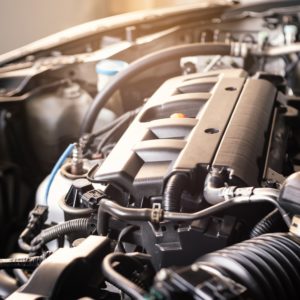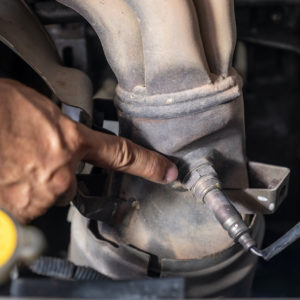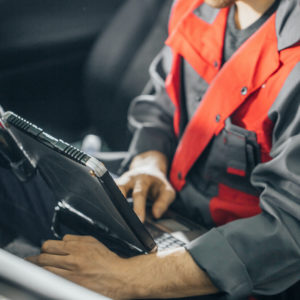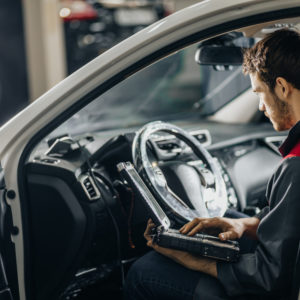The transmission range sensor, also called a neutral safety switch, is a device responsible for monitoring the position of your gear shifter and sends this information to your vehicle’s powertrain control module (PCM) using voltage signals. Once the PCM detects two different gear positions at the same time for a given number of seconds, it will trigger the P0708 code.
What Does the P0708 Code Mean?
Diagnostic Trouble Code (DTC) P0708 stands for “Transmission Range Sensor “A” Circuit High”
Your vehicle’s transmission range sensor checks the position of your gear shifter and sends this data to your vehicle’s PCM. It’s located outside the transmission box or on the valve body.

The P0708 code is a type B DTC. That means that the PCM needs to detect the same condition twice before it activates the check engine light. Once the PCM detects two different gear positions at the same time for more than 30 seconds, it will trigger the P0708 code and the vehicle will operate under fail-safe or limp mode.
Read our extensive technical discussion about transmission range sensors to better understand codes like P0708.
Note: The definition of code P0708 code may be different per vehicle manufacturer. Consult the appropriate repair manual or repair database for the exact code definition.
What are the Possible Causes of the P0708 Code?
- Bad transmission range sensor
- Damaged wiring
- Misadjusted range sensor/ transmission shift cable (or linkage)

What are the Possible Causes of the P0708 Code?
- Lack of engine power
- Activated check engine light
How to Diagnose the P0708 Code
DTC P0708 is a generic code that can be set in various vehicles. Although similar symptoms may be observed across different makes and models, the steps for diagnosis and repair steps vary depending on the vehicle you own.
It’s always a good idea to take your vehicle to a licensed mechanic for an accurate diagnosis. Watch this video for more information about what the diagnostic procedure might involve:
How to Fix the P0708 Code
Fixing DTC P0708 won’t be easy without the proper tools and know-how. In most cases, it’s best to leave the job to a licensed mechanic. But if you’re an experienced DIYer who’d like to do the job yourself, we recommend consulting a repair manual or an online repair database for vehicle-specific information.
Any information provided on this Website is for informational purposes only and is not intended to replace consultation with a professional mechanic. The accuracy and timeliness of the information may change from the time of publication.


















